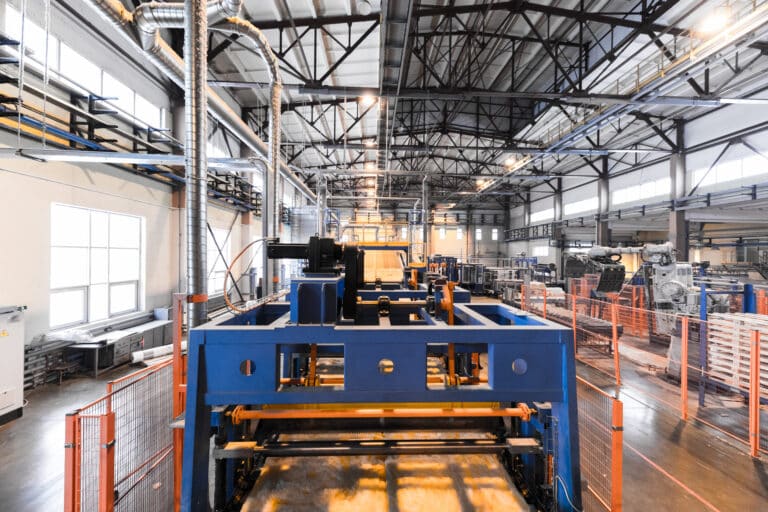Welcome to the fascinating world of metalworking.
In this article, we will delve into the essential tools, different types of metals, and basic and advanced techniques that will empower you to create stunning metalwork projects.
Whether you are a beginner or a seasoned metalworker, this comprehensive guide will equip you with the knowledge and skills needed for success.
Additionally, we will provide crucial safety tips to ensure your metalworking endeavors are carried out with precision and precaution.
Let’s unlock the unlimited potential of metalworking together.
Essential Tools for Metalworking
Metalworking requires a careful selection and frequent use of essential tools. For beginners, it is crucial to have the right equipment to ensure successful projects. One must-have tool is a bench grinder, which is used for sharpening, shaping, and polishing metal.
Another essential is a drill press, which provides accuracy and control when drilling holes in metal. A vise is also indispensable for securing metal pieces during cutting, shaping, or welding.
Additionally, a set of high-quality files is essential for smoothing rough edges and achieving precise shapes. It is important to avoid common mistakes in metalworking projects, such as inadequate safety precautions, improper use of tools, and lack of planning.
Understanding Different Types of Metals
To gain a comprehensive understanding of metalworking, it is important to frequently explore the various types of metals used in this field. Different metal finishes and properties of different metals play a crucial role in determining their suitability for specific applications.
One of the key factors to consider when working with metals is their corrosion resistance. Stainless steel, for example, is known for its exceptional corrosion resistance, making it ideal for applications in environments with high moisture or chemical exposure.
Aluminum, on the other hand, is lightweight and has excellent conductivity, making it a popular choice for electrical and heat transfer applications.
Different metals possess varying strengths, flexibilities, and melting points, which are important factors to consider when selecting materials for metalworking projects.
Mastering Basic Metalworking Techniques
One essential technique in metalworking is mastering the art of welding. Welding is the process of fusing two or more pieces of metal by applying heat and pressure. It is a fundamental skill that forms the basis for many other metalworking techniques.
To master welding, one must understand the different types of welding processes, such as MIG (Metal Inert Gas) welding, TIG (Tungsten Inert Gas) welding, and stick welding. Additionally, beginners should learn about safety precautions, proper equipment usage, and how to create strong and aesthetically pleasing welds.
Developing basic metalworking skills in welding enables individuals to embark on various beginner metalworking projects, such as creating simple metal sculptures, repairing metal objects, or fabricating basic metal structures.
Exploring Advanced Metalworking Methods
As metalworkers continue to master the foundational welding techniques, they can now delve into the realm of advanced metalworking methods.
These methods include laser cutting technology and additive manufacturing, both of which have revolutionized the metalworking industry.
Laser cutting technology utilizes a high-powered laser beam to precisely cut through various types of metal. Its accuracy and speed make it an ideal choice for intricate designs and complex shapes.
Additive manufacturing, also known as 3D printing, allows metalworkers to create objects layer by layer, using computer-aided design (CAD) software and a range of materials. This method offers flexibility, customization, and the ability to create complex geometries that were previously difficult or impossible to achieve.
With these advanced metalworking methods, metalworkers can further expand their skills and capabilities in the field.
Safety Tips for Metalworking Projects
Continuing the exploration of advanced metalworking methods, it is crucial to prioritize safety in metalworking projects. Safety precautions are essential to protect workers from potential hazards and ensure a secure working environment. When engaging in metalworking projects, it is necessary to follow specific safety guidelines.
First and foremost, wearing appropriate protective equipment is imperative. This includes safety goggles to shield the eyes from sparks and debris, gloves to protect the hands from sharp edges and hot surfaces, and ear protection to prevent hearing damage from loud machinery.
Additionally, it is crucial to maintain a clean and organized workspace, free from clutter and potential tripping hazards. Regular equipment inspections and proper training in metalworking techniques are also essential to ensure safe practices.












